Emphasis on Patient Safety
The Patient Positioning Device Market is witnessing a heightened emphasis on patient safety, which is driving the adoption of advanced positioning devices. Healthcare facilities are increasingly prioritizing the prevention of pressure ulcers and other complications associated with improper positioning. Regulatory bodies and accreditation organizations are advocating for the implementation of best practices in patient care, which includes the use of specialized positioning devices. This focus on safety is prompting hospitals to invest in high-quality positioning solutions that not only enhance patient comfort but also reduce the risk of adverse events. As a result, the market is likely to see a surge in demand for devices that meet stringent safety standards.
Technological Advancements
The Patient Positioning Device Market is experiencing a surge in technological advancements that enhance the functionality and efficiency of these devices. Innovations such as smart positioning systems, which utilize sensors and artificial intelligence, are becoming increasingly prevalent. These technologies not only improve patient comfort but also assist healthcare professionals in achieving optimal positioning with minimal effort. The integration of telemedicine and remote monitoring capabilities further supports the growth of this market, as healthcare providers seek to improve patient outcomes. According to recent data, the market for patient positioning devices is projected to grow at a compound annual growth rate of approximately 6.5% over the next several years, driven by these technological innovations.
Rising Geriatric Population
The Patient Positioning Device Market is significantly influenced by the rising geriatric population, which necessitates specialized healthcare solutions. As individuals age, they often require more frequent medical attention and assistance, leading to an increased demand for effective patient positioning devices. This demographic shift is particularly evident in regions with aging populations, where healthcare systems are adapting to meet the needs of older adults. The World Health Organization has indicated that by 2030, the number of people aged 60 years and older will reach 1.4 billion, further emphasizing the need for advanced patient positioning solutions. Consequently, manufacturers are focusing on developing devices that cater specifically to the unique requirements of elderly patients, thereby driving market growth.
Increased Surgical Procedures
The Patient Positioning Device Market is also propelled by the increase in surgical procedures across various medical specialties. As surgical techniques evolve and become more complex, the need for precise patient positioning becomes paramount to ensure successful outcomes. Hospitals and surgical centers are investing in advanced positioning devices to enhance surgical efficiency and patient safety. Data indicates that the number of surgical procedures is expected to rise significantly, with estimates suggesting an increase of over 20% in the next decade. This trend is likely to create a robust demand for innovative patient positioning solutions that can accommodate diverse surgical requirements, thereby bolstering the market.
Growing Awareness of Ergonomics
The Patient Positioning Device Market is benefiting from a growing awareness of ergonomics in healthcare settings. Healthcare professionals are increasingly recognizing the importance of ergonomic design in patient positioning devices, which can significantly impact both patient comfort and caregiver efficiency. Ergonomically designed devices help reduce the physical strain on healthcare workers while ensuring that patients are positioned correctly for optimal care. This trend is leading to a shift in purchasing decisions, with healthcare facilities favoring products that prioritize ergonomic principles. As awareness continues to spread, manufacturers are likely to innovate and develop more ergonomic solutions, further driving the growth of the patient positioning device market.



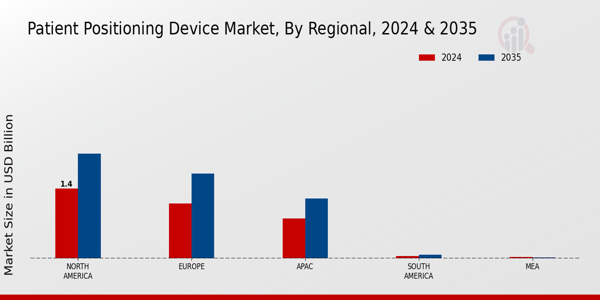
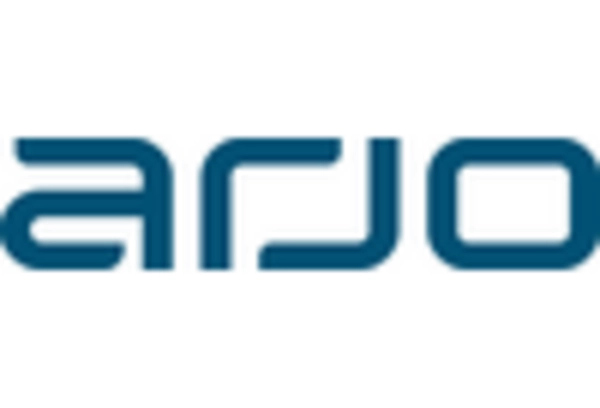
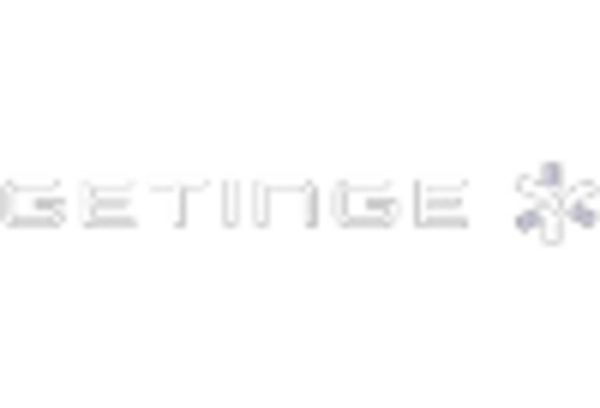
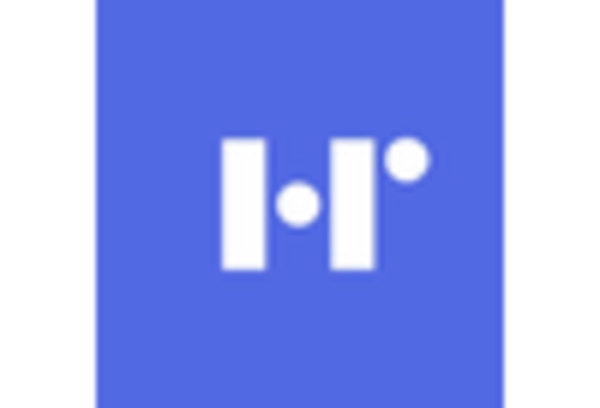
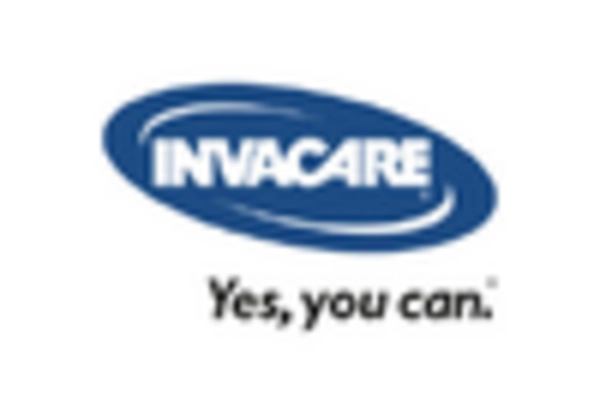










Leave a Comment